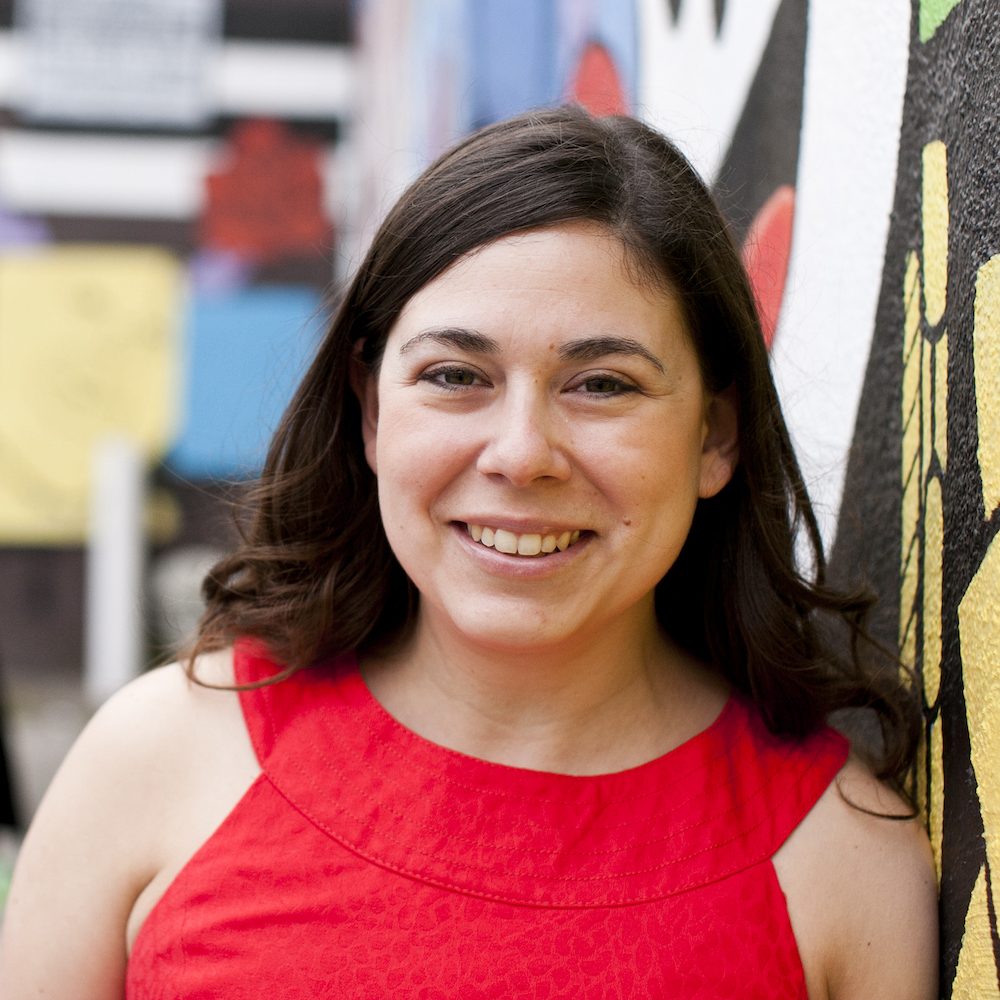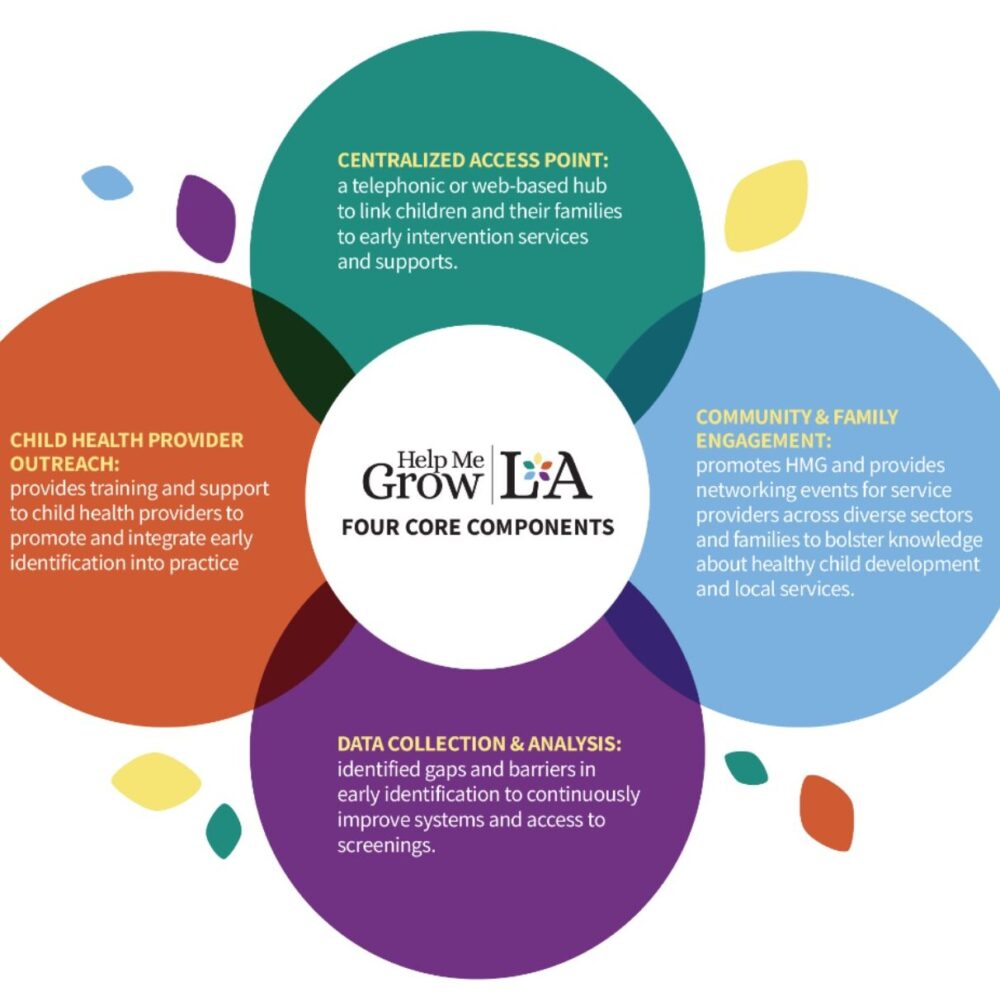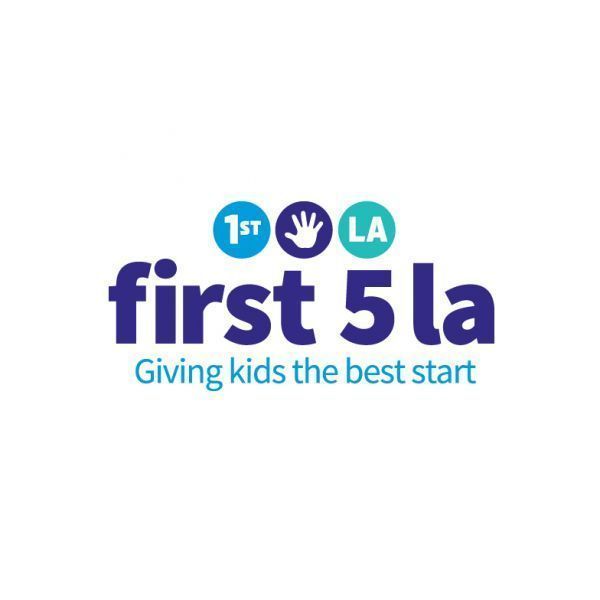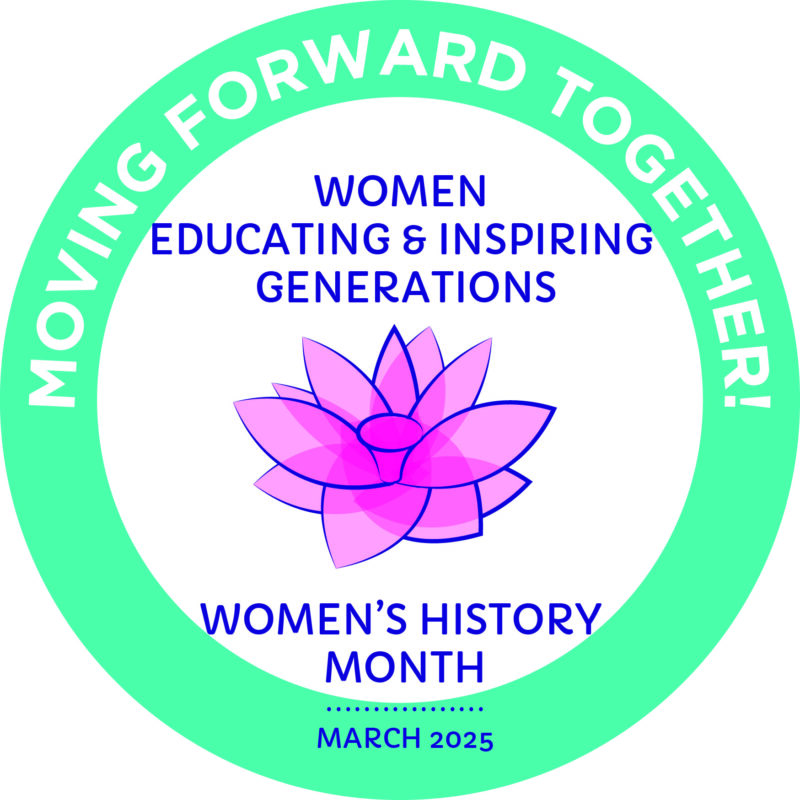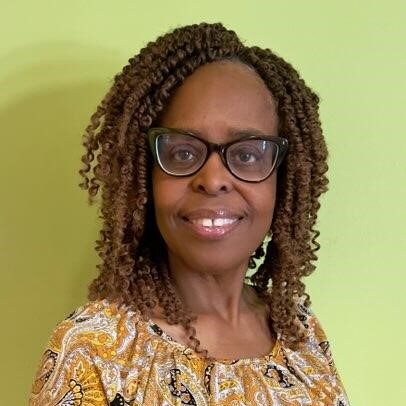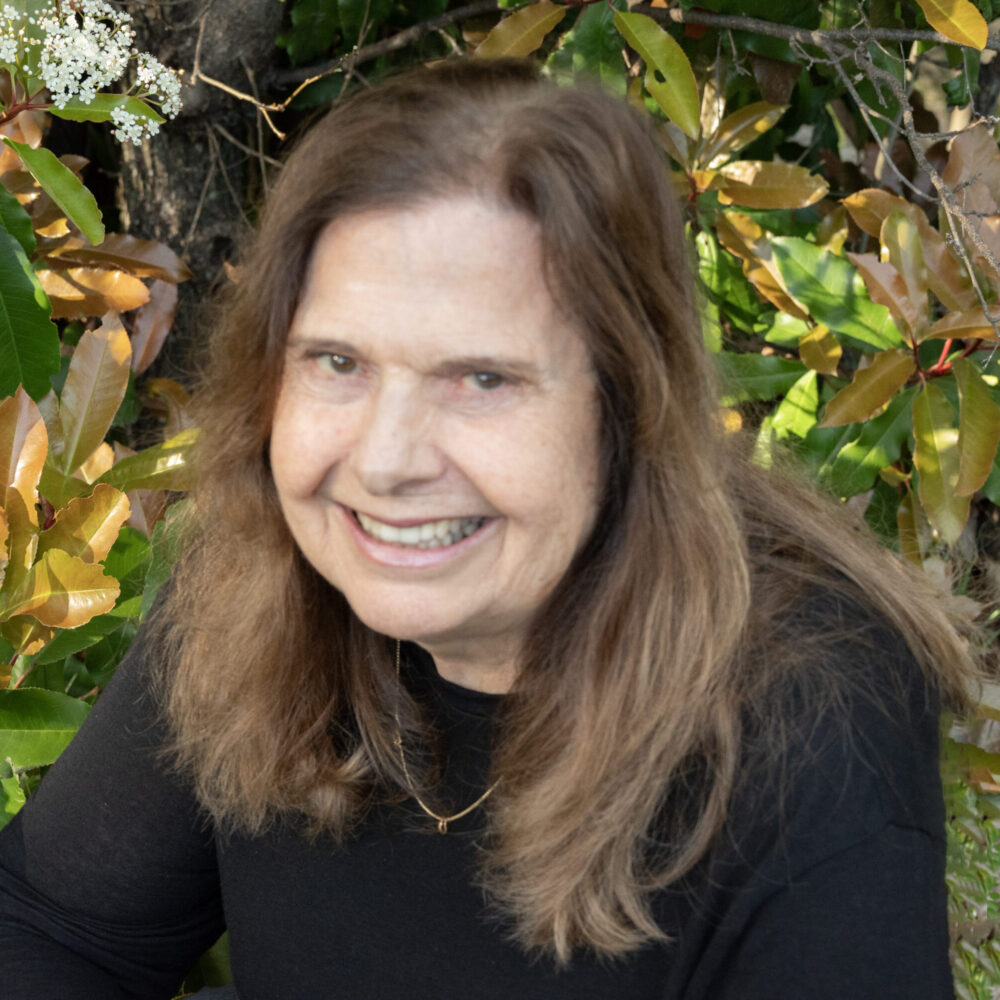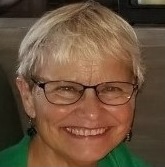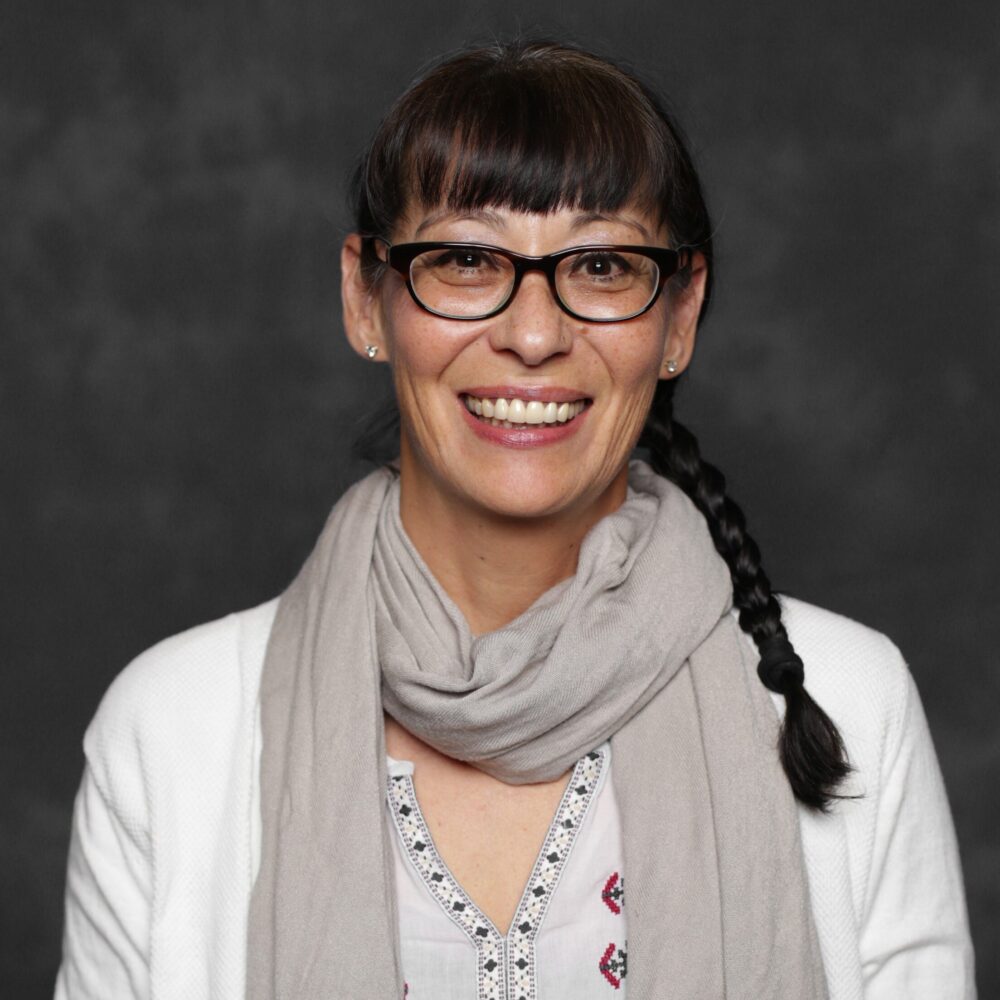February 24, 2022
The full impact of traumatic experiences can’t be understated, especially when they take place during a child’s first years. Just ask Adriana Molina.
“We know that it makes a difference when things happen,” she says, noting that traumatic incidents experienced by a child at age 4 would affect them differently if they were 12 or older. “Because you have a developing brain, a developing sense of identity. A developing sense of: “Who can I trust? Who can I not?”
She should know. In addition to being an adoptive parent, Molina is the chief program officer for Allies for Every Child, a nonprofit that works with Los Angeles County to protect children who have experienced or are at risk of abuse or neglect. Over the last two years, she and other community partners, including First 5 LA, have been working together to build and strengthen a countywide effort that addresses the devastating effects of adverse childhood experiences, also known as ACEs — potentially traumatic events that incorporate various forms of abuse, neglect and household challenges.
ACEs affect individuals, families and communities. Having ACEs increases the risk of health conditions such as depression, heart disease, and obesity; unhealthy behaviors such as alcoholism and illegal drug use; and outcomes such as uncompleted schooling, unemployment, poverty and homelessness.
In Los Angeles and other counties, addressing ACEs is a matter of urgency. According to survey data from the California Department of Public Health, an estimated 47 percent of parents/caregivers in L.A. County reported their child as having been exposed to at least one ACE in 2019 — well above the state’s 36 percent baseline rate. The figures were even more alarming when adults reported about their own childhood experiences: a staggering 62 percent self-reported they had been exposed to ACEs.

Early childhood experts agree that screening for ACEs early on will help families access the services and programs they need to address the harmful effects of ACEs and begin the healing process. But the challenges in doing so are formidable: How do we ensure ACE screening is available for all children? What can be done to make sure families are engaged and invested in the process? And how do we guarantee that families are not re-traumatized by the experience of retelling past traumas?
Now, a new report, published as part of an ACEs Aware-sponsored initiative, offers actionable recommendations on how local systems can both improve and increase ACE screening, as well as guidance on how to build effective and sustainable trauma-informed networks of care. Entitled Family and Community-Based Organization Experiences in ACE Screening and Treatment of Young Children, the publication offers critical insight for those on the frontline, such as health care providers and practices, on improving ACE screening, referrals and services. The report also provides recommendations for change on a macro level that will be useful for jurisdictions with complex and multiple systems of care such as L.A. County and for state policymakers seeking to support ACE screening and treatment efforts throughout California.
“As we enter the third year of the pandemic, we need to come together to align our efforts and ensure that the supportive systems currently in place are centered on the priorities, needs and experiences of the family and community. I think this practice paper will be a great resource for those working directly with families, as well as a useful guide on where to focus resources as we continue to build out a trauma-informed network of care here in L.A. County.” – Health Systems Team Senior Program Officer Zully Jauregui
Senior Program Officer Zully Jauregui from First 5 LA’s Health Systems team notes that this twofold approach to mapping out a comprehensive response to ACEs in L.A. County has become even more relevant in the wake of COVID-19.
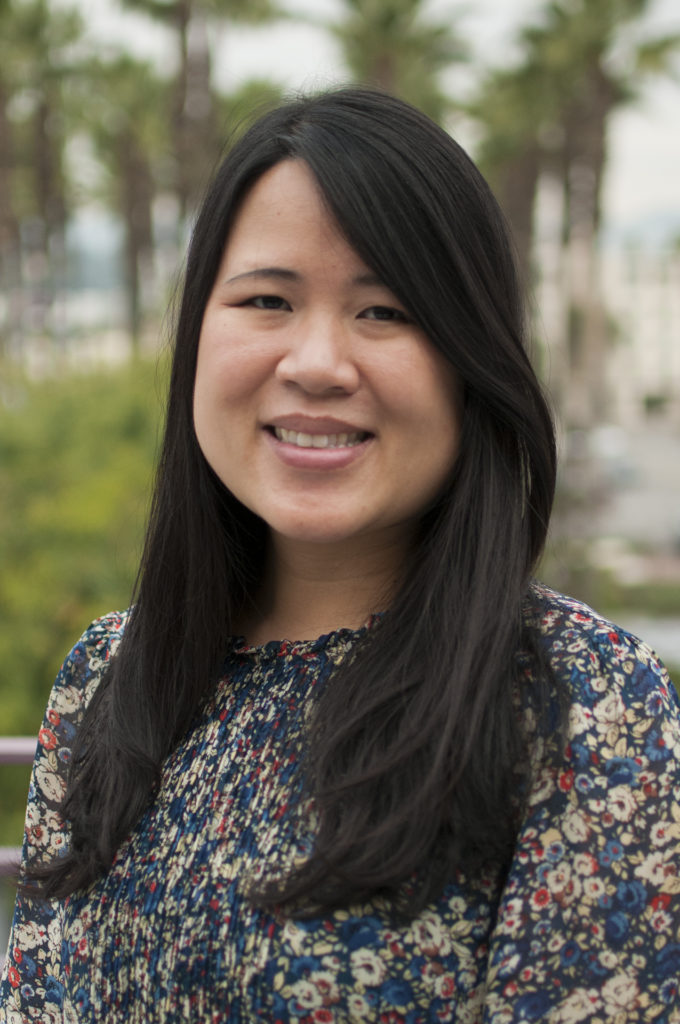
Health Systems Team Senior Program Officer Zully Jauregui
“We are going through a public health crisis that has numerous implications on our well-being, adding and heightening very acute stressors,” Jauregui says. “As we enter the third year of the pandemic, we need to come together to align our efforts and ensure that the supportive systems currently in place are centered on the priorities, needs and experiences of the family and community. I think this practice paper will be a great resource for those working directly with families, as well as a useful guide on where to focus resources as we continue to build out a trauma-informed network of care here in L.A. County.”
Throughout the development of the practice paper, one of the key priorities was capturing and presenting the most relevant information and viewpoints from the right people. As a result, the paper draws from several sources, including a robust literature review; local Peer-to-Peer learning and Network of Care activity sessions; key informant interviews with pediatricians, managed care plans, L.A. County Department of Mental Health, L.A. County Department of Health Services, and others; and a focus group composed of parents from the Help Me Grow LA’s Community and Family Engagement Council (CFEC).
To amplify the findings and recommendations that took shape during the research process around two key areas, the practice paper is being released as two separate yet interconnected briefs. The first explores the experience of families throughout the ACE screening and treatment process, which can often be marred by the fear of stigma, the lack of linguistic and cultural considerations, challenges regarding informed consent and privacy, and other issues.

“One of the things we’ve been mindful of is that ACEs can become a very stigmatizing conversation,” Molina recalls. “As soon as you see a family or an individual has ‘X’ number of ACEs, you start making up ideas about what they must be like or what their experiences must be like.”
The family-focused brief highlights several suggestions to address these challenges, starting with a shift toward trauma-informed care in all screening settings. This approach — which emphasizes the needs of the family by prioritizing the physical and emotional safety of both patient and staff, building a sense of trust, promoting patient-centered care, and providing care that is sensitive to the family’s racial, ethnic and cultural background — is essential, says Adam Schickedanz, a general pediatrician and UCLA researcher who also chairs the Adverse Childhood Experiences Committee of the local AAP chapter.
“That frameshift is foundational,” he stresses. “And in practices where particular screenings, interventions and processes have been put into place, it’s really crucial such that, not only do the screenings go in such a way that families don’t feel triggered by them, but also so the conversations that follow the screenings can be responsive in a way that’s meaningful.”
Another notable recommendation from the brief — and one that Adriana Molina strongly believes in — advises providers to intentionally look for and harness a family’s strengths, in addition to screening for ACEs.
“Yes, these experiences matter,” says Molina in regard to ACEs. “But you also need to look at the buffering relationships, the protective relationships. We were not willing to just ask the ACEs questions without knowing: What are the strengths? What is working for the family? What are the resources they can pull from? So we don’t just start stigmatizing them.”
The second brief explores the critical role community-based organizations (CBOs) play in meeting the great demand for ACE screening in California. Given the complexity and number of family-serving systems — both in Los Angeles County and throughout California — cross-sector referral pathways and partnerships between health care providers and CBOs are needed, says Schickedanz.
“Yes, these experiences matter. But you also need to look at the buffering relationships, the protective relationships. We were not willing to just ask the ACEs questions without knowing: What are the strengths? What is working for the family? What are the resources they can pull from? So we don’t just start stigmatizing them.” – Allies for Children Chief Program Officer Adriana Molina
“Healthcare can’t address all of the challenges that kids and families are facing right now,” says Schickedanz. “There needs to be a multi-sector approach that wraps around kids and families. We need a whole-cloth kind of rethinking about how the siloed approaches to addressing slivers of children and families experiences can be interwoven.”
Another challenge in addressing ACEs has been the lack of care coordination across providers, systems, and other partners. But that status quo appears ripe for change, Schickedanz observes.
“Now, there’s this watershed moment,” he says, “where family-facing sectors and services are really getting on board with coordination of care and getting serious about how to share resources, connect with one another and build wraparound services.
“This is not just a single position,” he adds, “but an infrastructure to ensure this cross coordination. And I think we’re beginning to see some movement at the policy level toward building that infrastructure in a robust way. If you think about the dyadic care benefits that are scheduled to be put into place this year, that’s really about recognizing that we need coordination of services that are family-wide.”
One significant benefit of First 5 LA’s ACEs Aware project has been its ability to generate a spirited exchange of ideas — not just between stakeholders in a specific field, but across multiple disciplines, including health care, mental health, early childhood, family services and more. And while numerous challenges remain, everyone involved shares a common understanding about the urgent need to address early childhood adversity.
“There’s a lot of alignment,” observes Schickedanz. “There’s a common sense — with the Department of Mental Health, Department of Health Services, providers, folks in private practice, folks who work in the community — that the capacity is woefully inadequate compared to the demand and the need out there. There’s just as much variation in terms of perceptions on how to approach these issues within each of these sectors as there is across sectors, but quite a lot of alignment on where those issues are, and generally about the need to increase overall capacity.”
Molina agrees, adding, “I think everybody has been really open to hearing different perspectives. And I think even though we are all working within our respective disciplines, we are really — and I think this is one of the strengths of First 5 LA — we are all working together in order to make a change in systems.”
Please click below to read:


